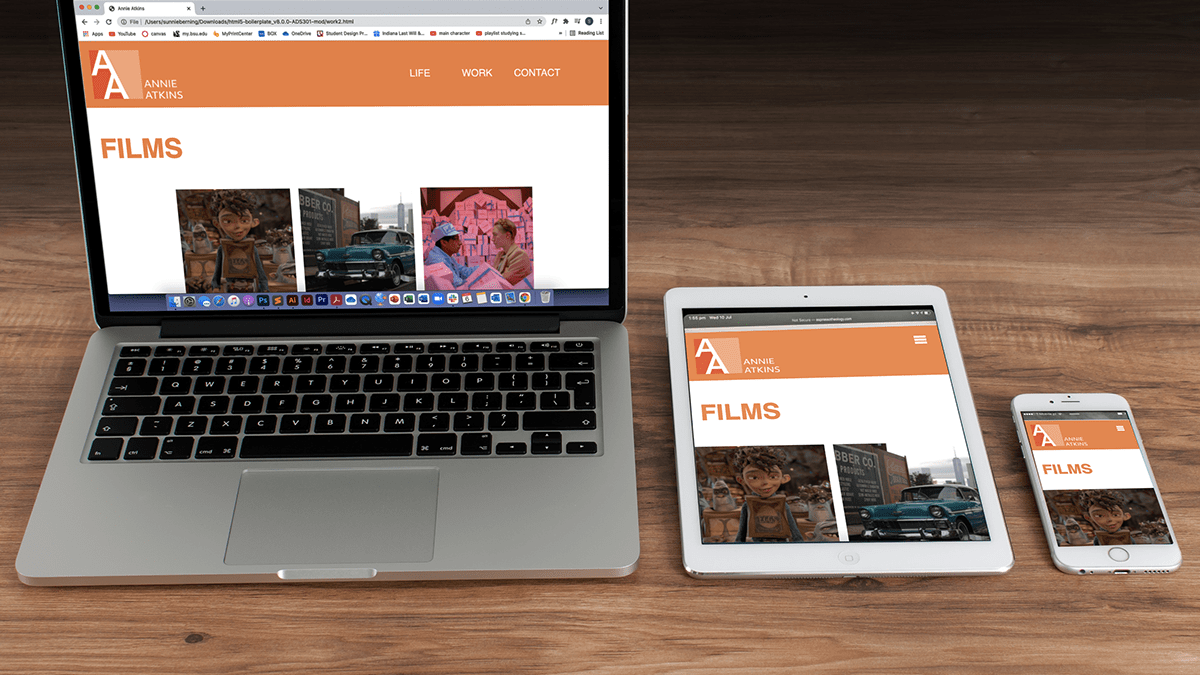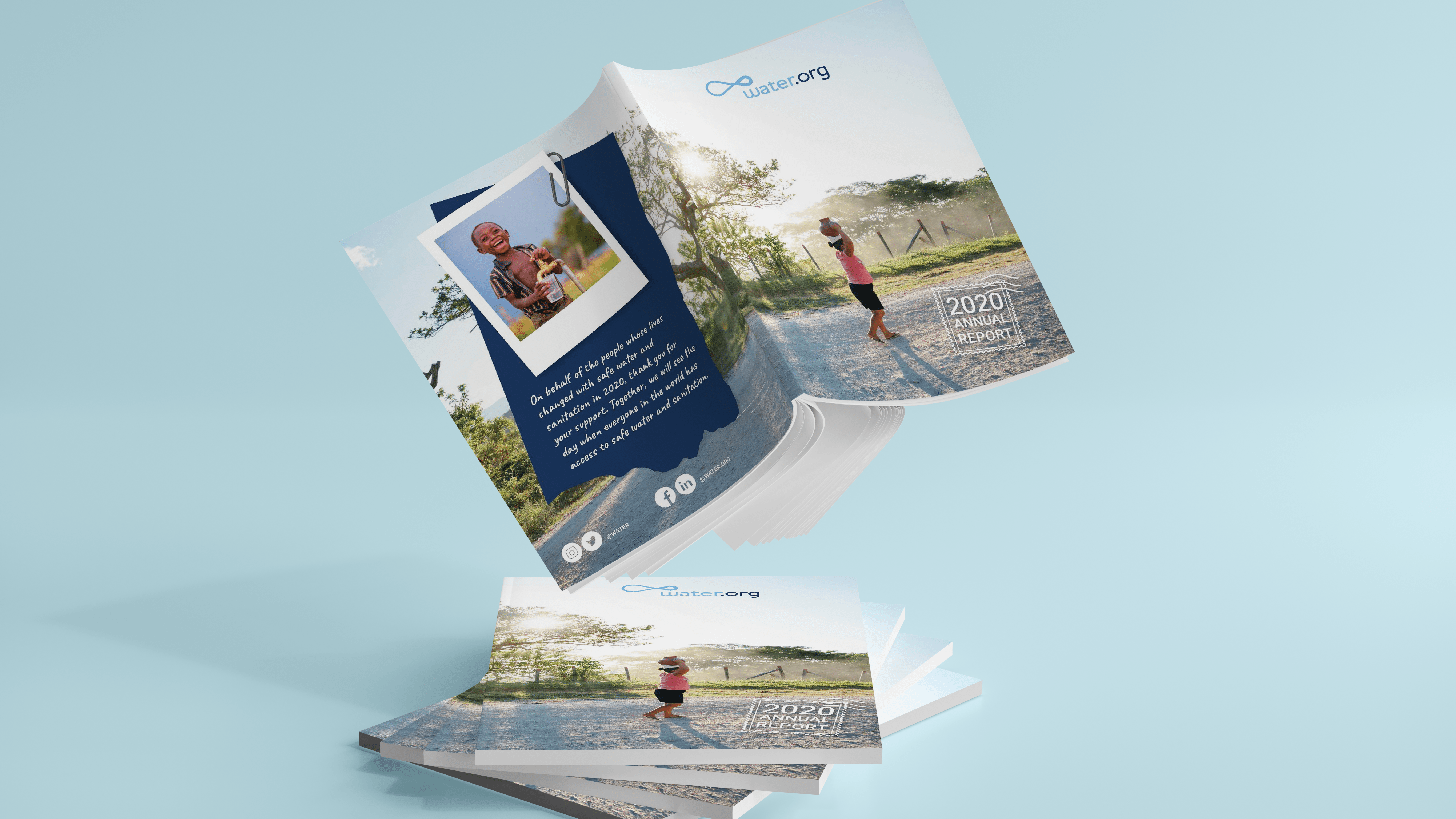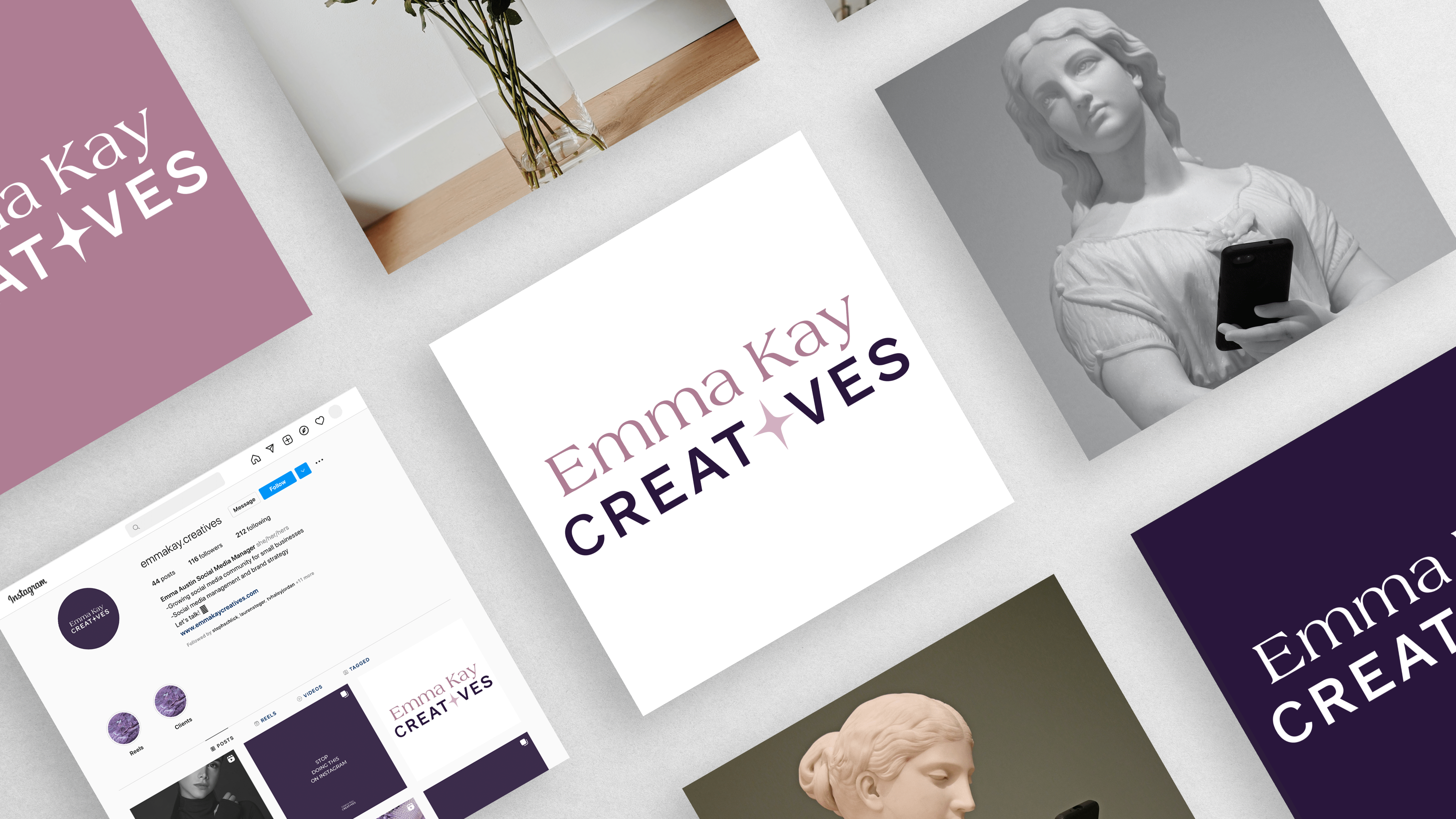Explore
DOMA Digital Accessibility for Dyspraxia
By: Sunnie Berning
October 2022
By: Sunnie Berning
October 2022
Problem Statement
Dyspraxia is a hidden condition affecting movement and coordination in children and adults. This condition affects all everyday experiences, like visiting the David Owsley Museum of Art, DOMA. Children who suffer from these speech and coordination movements need guidance when visiting the museum. The app will allow the child to communicate, provide guidance, and in the end, make their museum experience more enjoyable.
Top Dyspraxia Accessibility Focused on -> App Feature to Help
- Speech -> Communication Tab
- Fine Motor -> Big touch area buttons paired with large padding
- Distractions -> Simple options and engaging features
Audience Description
Affecting 6% of the school-age children population. School-age child, 8–12 years old, are the primary users. There are main actions to be navigated through the museum experience.
Children’s Accessibility
- Children require more feedback
- Providing instructions one at a time and repeating if necessary
- Not offering too many options
- Easy buttons, large negative space around
- Consistency in color and button placement
Children’s Accessibility
- Children require more feedback
- Providing instructions one at a time and repeating if necessary
- Not offering too many options
- Easy buttons, large negative space around
- Consistency in color and button placement
Low Fidelity Wireframes to High Fidelity Wireframes
Style Guide
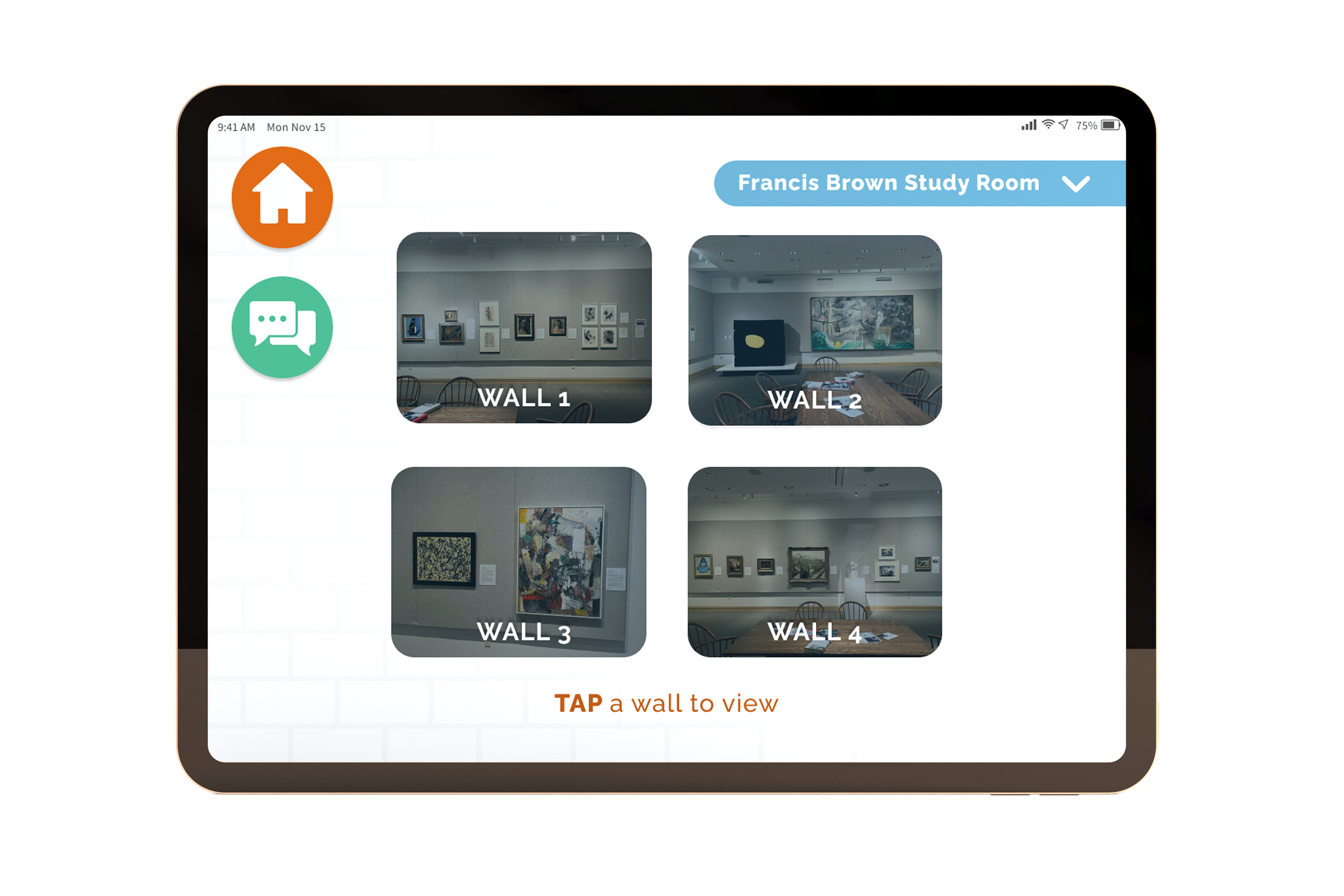


Explore Tab | Engaging way to allow the user to explore the museum and its work with being able to select individually


Communication Tab | Purpose is to communicate with the base device.
(Ex. A teacher with 10 students can communicate with them anywhere in DOMA)
(Ex. A teacher with 10 students can communicate with them anywhere in DOMA)
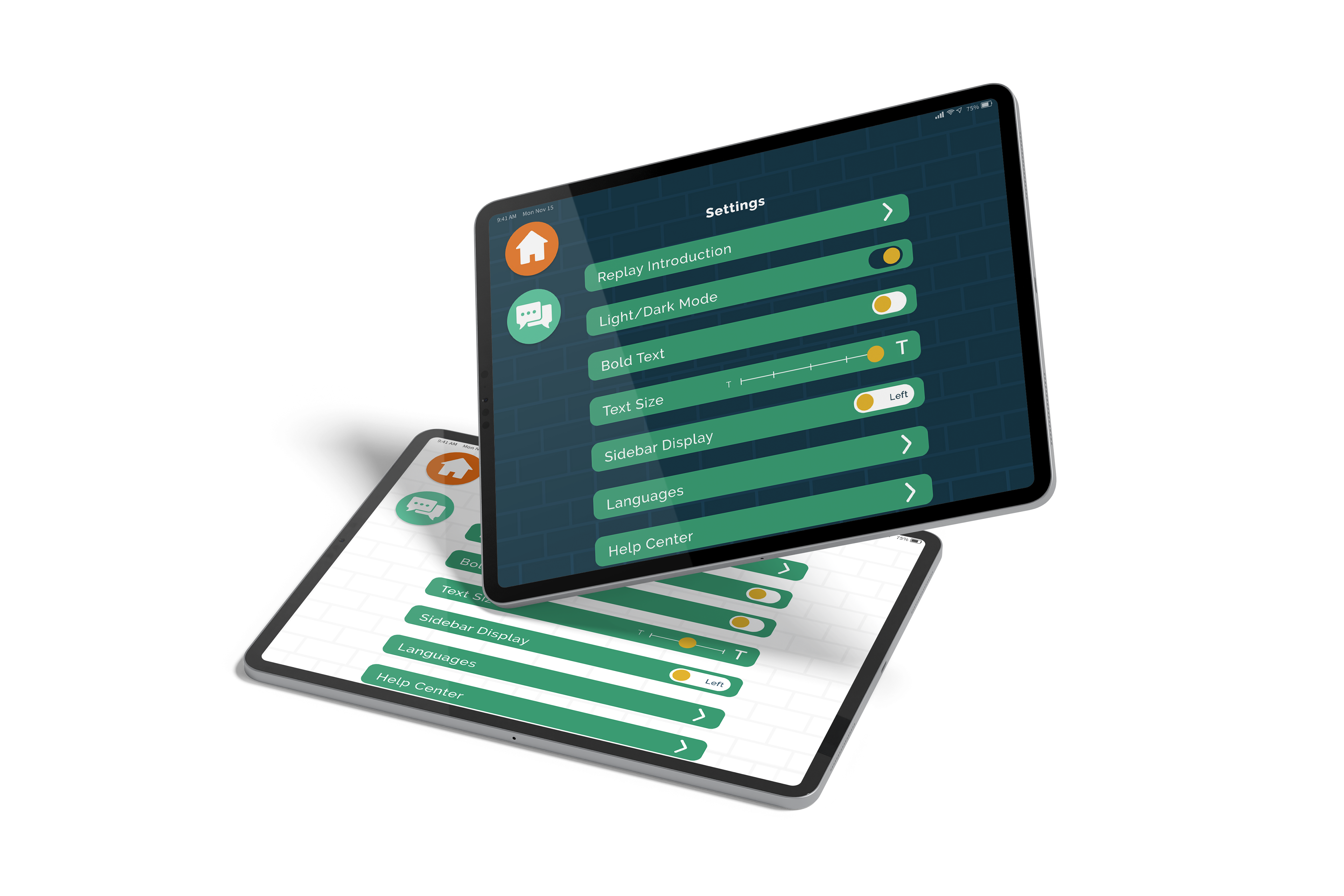
Settings Tab | Allows the user to personalize the app to their preference


Liked Explores Tab | Show cases the drag and drop feature to allow the personal connection to the user choice


Game Tab | Purpose is to allow the user to keep being engaged with learning the museum pieces in a new way



